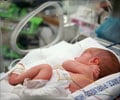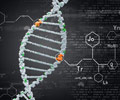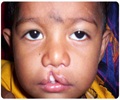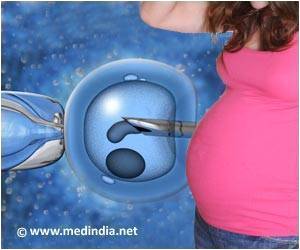About
Birth defects are defined as structural, functional, or body metabolism related abnormalities that are present at birth and can lead to physical or mental problems or to death. Genes, environmental factors or some other unknown factors can cause birth defects.
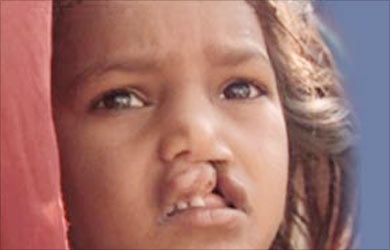
Worldwide, at least 7.9 million people are born with a birth defect every year. About 10% of birth defects are caused due to environmental factors. The risk identification for exposure to such factors is of paramount importance as this form of birth defects can be prevented to a large extent if appropriate caution is taken.
The environmental factors can be classified into 3 broad categories namely-
- Chemical sources- drugs and substances such as alcohol, caffeine, nicotine, commonly used medicines
- Biological sources- various microorganisms
- Physical sources- heat, radiation
Anything that circulates in the maternal blood can cross the placenta and reach the fetus. Substances that are capable of producing abnormalities during intrauterine development are called as teratogens.
Environmental causes of birth defects are related to the mother's health and exposure to chemicals or diseases. The developing baby is particularly vulnerable to environmental factors between 5-10th week of pregnancy.
Exposure to environmental factors can cause a wide range of birth defects like mental retardation, vision problems, deafness, cerebral palsy, heart defects, cleft palate, etc. Prior detection of abnormalities during the gestational period ensures better preparation at the time of birth. Parents can also opt between termination of pregnancy or non-intervention, if serious birth defects are detected.

